CONTENTS
- India, Iran, US and the Chahbahar Port
- Protecting our Digital World
India, Iran, US and the Chahbahar Port
Context:
By entering into a 10-year agreement with Iran to develop and operate the Chabahar port, India has significantly advanced its infrastructure and trade collaboration with the Islamic Republic, despite ongoing tensions in West Asia. India will invest $120 million and provide a $250 million credit facility to further develop the terminal it manages at Chabahar’s Shahid Beheshti port and associated projects.
Relevance:
GS2-
- Bilateral Groupings and Agreements involving India and/or affecting India’s interests.
- Effect of Policies and Politics of Developed and Developing Countries on India’s interests.
Mains Question:
India should tailor its ties with Iran to U.S. foreign policy changes to accommodate the evolution of India-US ties. Comment Critically. (10 Marks, 150 Words).
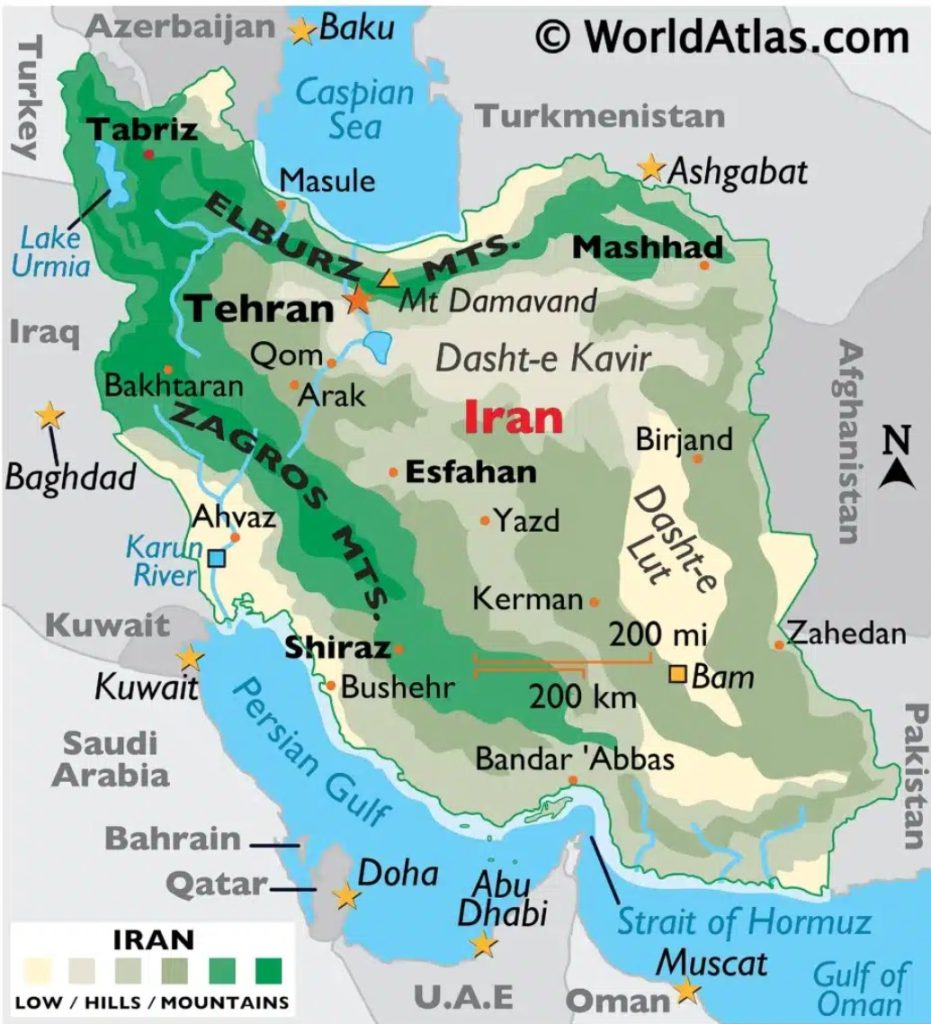
About the Chahbahar Port:
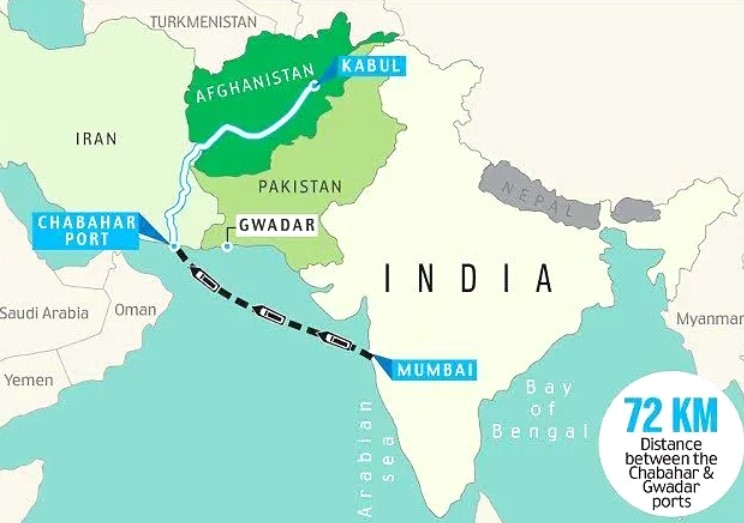
- Chabahar, located in Iran’s Sistan and Baluchistan Province on the Makran coast, is the country’s only oceanic port.
- It comprises two primary ports: the Shahid Kalantari port, developed in the 1980s, and the Shahid Beheshti port.
- Iran proposed that India take on the development of the Shahid Beheshti port, an offer that India accepted enthusiastically.
Associated Challenges:
- Following the signing of the deal, the U.S. State Department warned that entities engaging in business with Iran could face potential sanctions. Historically, American sanctions on Iran had caused delays in the project.
- Originally conceived in 2003, the project stagnated for years due to U.S. and UN sanctions over Iran’s nuclear program.
- A memorandum of understanding was signed in 2015 after the U.S. eased sanctions following the nuclear agreement that year, and the contract was finalized during the Prime Minister’s visit to Iran in 2016.
- The U.S.’s unilateral withdrawal from the nuclear deal in 2018 and the reimposition of sanctions on Iran cast doubt on India’s ongoing cooperation with Tehran.
- The U.S. views the project narrowly due to its antagonistic stance towards Iran. The U.S. interests in the region have shifted; in 2018, when American forces supported the Islamic Republic government in Afghanistan, it granted India a sanctions waiver as Kabul also benefited from the port project.
- Now, with U.S. troops withdrawn from Afghanistan and the Taliban in power, America’s focus is on containing Iran.
- Nevertheless, India secured exemptions from U.S. sanctions, allowing it to continue operating the port through temporary measures.
Significance of the Chabahar port:
- The Chabahar port is vital for India’s connectivity strategy. It offers an alternative route to Afghanistan and Central Asia, bypassing Pakistan and enhancing trade with Central Asia.
- Additionally, Chabahar is expected to connect to the International North-South Transport Corridor (INSTC), linking India more directly to Europe through Iran, Azerbaijan, and Russia.
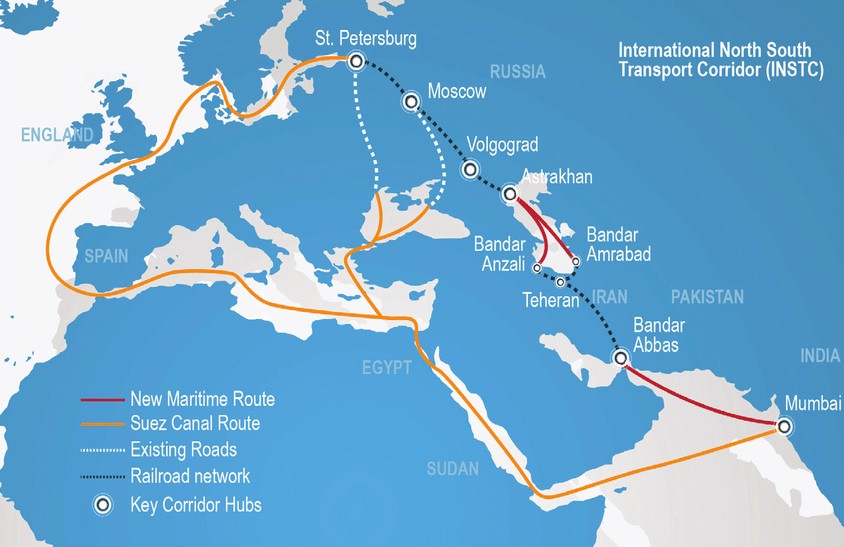
- This route serves as an alternative to the Suez Canal, potentially lowering the time and cost associated with intercontinental trade.
- Situated roughly 200 kilometers from Pakistan’s Gwadar port, where China is developing a port as part of its Belt and Road Initiative (BRI), Chabahar also allows India to extend its geopolitical influence in Central Asia.
Conclusion:
India has historically adjusted its engagement with Iran based on U.S. policy changes, but it should avoid such reversals going forward. India needs to remain committed to Chabahar and continue developing its trade and connectivity initiatives with Central Asia, which are crucial for India’s sustained growth.
Protecting our Digital World
Context:
With the proliferation of connected devices, cloud computing, and various digital platforms, the attack surface for threats—from individual hackers to organized cybercriminal groups—has significantly expanded. In an age where technology permeates every aspect of our lives, the importance of cybersecurity cannot be overstated, especially with the emergence of new threats.
Relevance:
GS2- Government Policies & Interventions
GS3-
- Cyber Security
- Cyber Warfare
- Challenges to Internal Security Through Communication Networks
Mains Question:
The digital landscape in India is constantly evolving, with cyber threats becoming more sophisticated and pervasive. Discuss the significance of a robust and relevant cybersecurity ecosystem in this regard. (15 Marks, 250 Words).
Role of Cybersecurity:
- The digital landscape is continuously evolving, with cyber threats becoming more sophisticated and widespread.
- Cybersecurity measures such as encryption, access controls, and data loss prevention are essential to prevent unauthorized access, theft, and misuse of confidential information.
- In an era of widespread digital connectivity, maintaining privacy and safeguarding personal information and communications from unauthorized surveillance, identity theft, and invasive data collection practices is crucial for both individuals and organizations. The motto “Protecting our digital world” is a shared responsibility.
- The need for cybersecurity has grown due to the evolving threat landscape, technological advancements, digital transformation initiatives, regulatory requirements, geopolitical tensions, and society’s reliance on digital technologies.
- Cybersecurity is not just about protecting data; it’s about safeguarding trust, privacy, and freedom in the digital age.
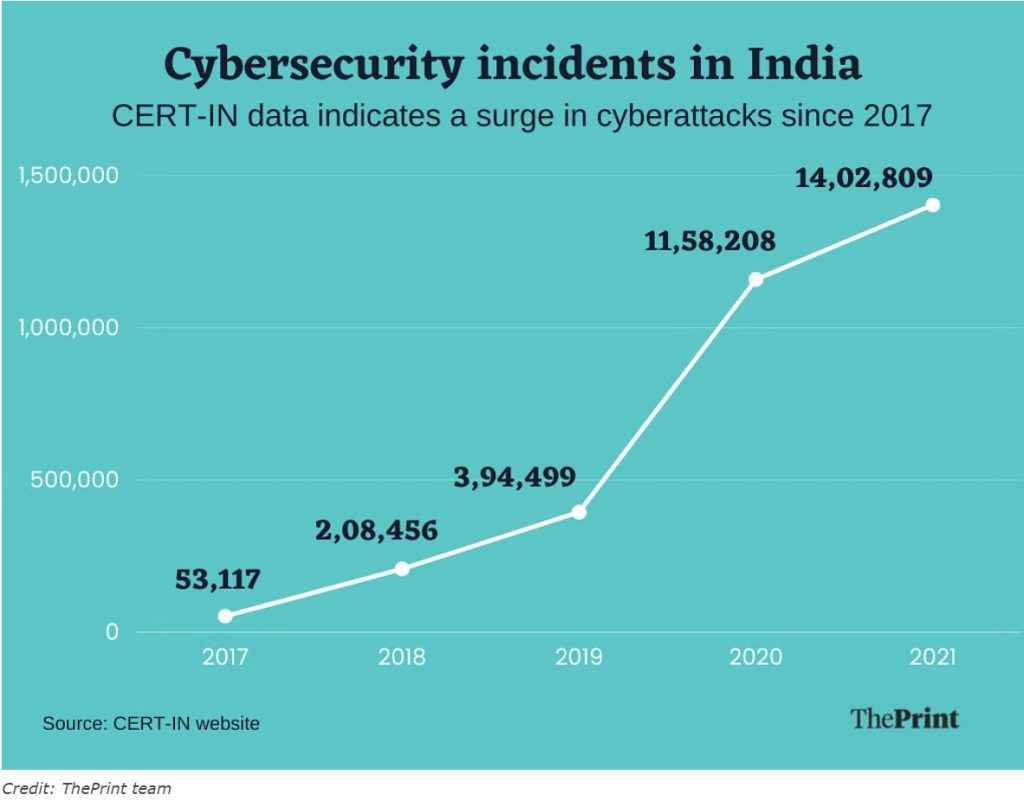
Focus of Cybersecurity researchers:
- Cybersecurity researchers focus on a wide range of topics, from understanding the tactics, techniques, and procedures (TTPs) of cyber adversaries to developing methodologies, tools, and best practices to integrate security into the software development lifecycle.
- They aim to address current and emerging challenges in protecting digital assets and infrastructure by investigating software and hardware vulnerabilities to understand their root causes.
- Safeguarding cybersecurity is essential across all sectors, including business and education. Cybersecurity is crucial for national security and defense strategies, as cyber threats endanger sovereignty, economic stability, and public safety.
- Cybersecurity measures such as threat detection, incident response, and vulnerability management are essential for identifying, mitigating, and containing threats like malware, phishing, ransomware, and denial-of-service attacks.
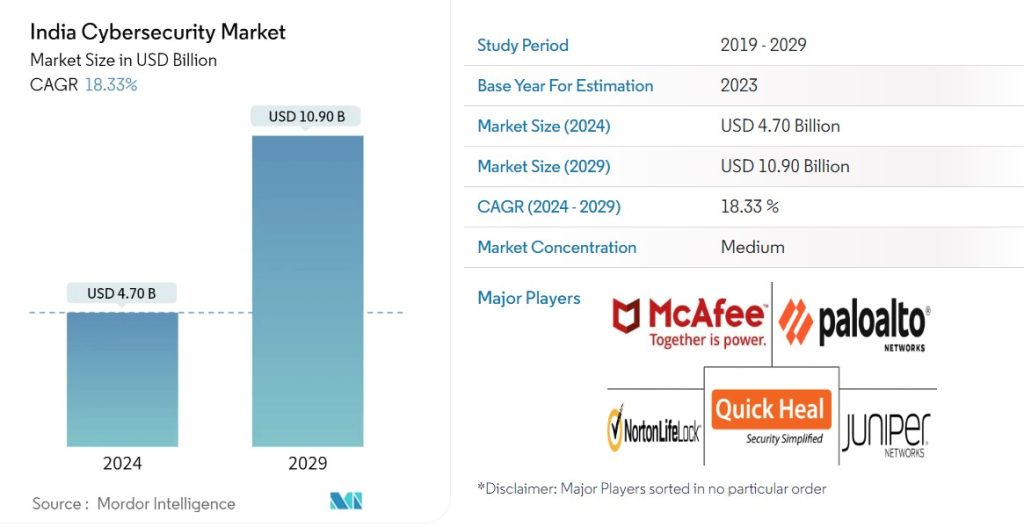
Government’s Initiatives:
National Cyber Security Policy:
- This policy aims to create a secure and resilient cyberspace for citizens, businesses, and the government.
- It outlines various objectives and strategies to protect cyberspace information and infrastructure, develop capabilities to prevent and respond to cyber attacks, and minimize damages through coordinated efforts involving institutional structures, people, processes, and technology.
Cyber Surakshit Bharat Initiative:
This initiative was launched to increase awareness about cyber crimes and establish safety measures for Chief Information Security Officers (CISOs) and frontline IT staff across all government departments.
Indian Cyber Crime Coordination Centre (I4C):
Established to provide a comprehensive and coordinated framework for law enforcement agencies to handle cyber crimes. It consists of seven components:
- National Cyber Crime Threat Analytics Unit
- National Cyber Crime Reporting Portal
- National Cyber Crime Training Centre
- Cyber Crime Ecosystem Management Unit
- National Cyber Crime Research and Innovation Centre
- National Cyber Crime Forensic Laboratory Ecosystem
- Platform for Joint Cyber Crime Investigation Team
- Cyber Swachhta Kendra (Botnet Cleaning and Malware Analysis Centre):
Launched in 2017, this center aims to secure cyberspace by detecting botnet infections in India and helping end users clean and secure their systems to prevent further infections.
Computer Emergency Response Team – India (CERT-In):
An organization under MeitY, CERT-In collects, analyzes, and disseminates information on cyber incidents and issues alerts on cybersecurity incidents.
Critical Information Infrastructure (CII):
- Defined as computer resources whose destruction would severely impact national security, the economy, public health, or safety.
- The National Critical Information Infrastructure Protection Centre (NCIIPC) has been established to protect the CII across sectors such as power, banking, telecom, transport, government, and strategic enterprises.
Defence Cyber Agency (DCyA):
- A tri-service command of the Indian Armed Forces responsible for handling cybersecurity threats.
- It is equipped to conduct cyber operations, including hacking, surveillance, data recovery, encryption, and countermeasures against various cyber threat actors.
Way Forward:
- Effective cybersecurity builds trust and confidence among stakeholders, including customers, partners, investors, and the public.
- By adhering to cybersecurity best practices and regulatory compliance, organizations can enhance their reputation and credibility in the digital marketplace.
- A comprehensive and proactive approach involving technology, policies, education, collaboration, and investment is required to address the evolving challenges posed by cyber threats.
- Vigilance, staying informed, and proactive measures like using strong passwords, regular updates, and being cautious of phishing attempts are vital steps toward a cyber-resilient community.
Conclusion:
Despite advancements, cybersecurity faces numerous challenges, including the constant evolution of cyber threats, a shortage of skilled cybersecurity professionals, and the global nature of cybercrime.




